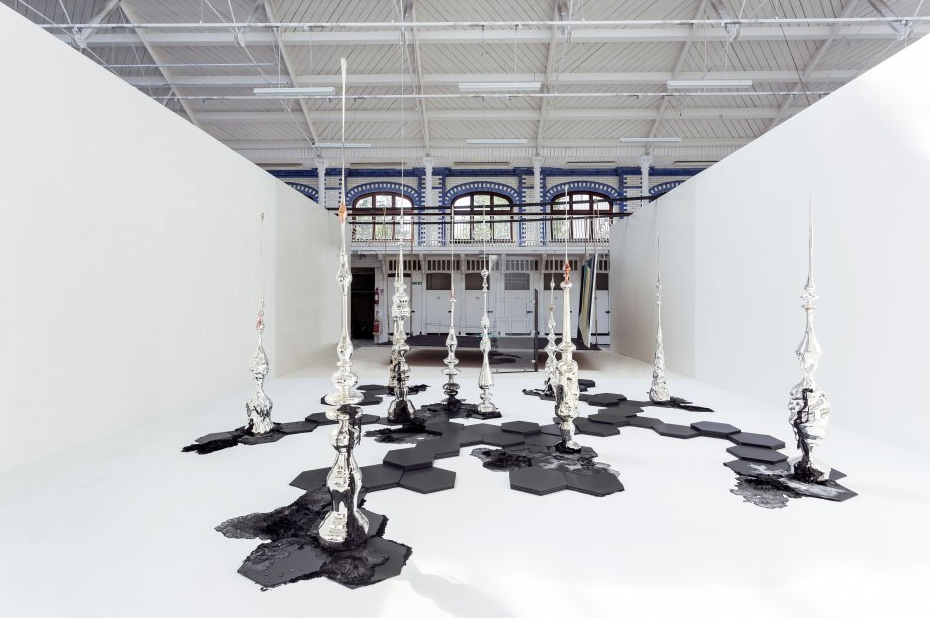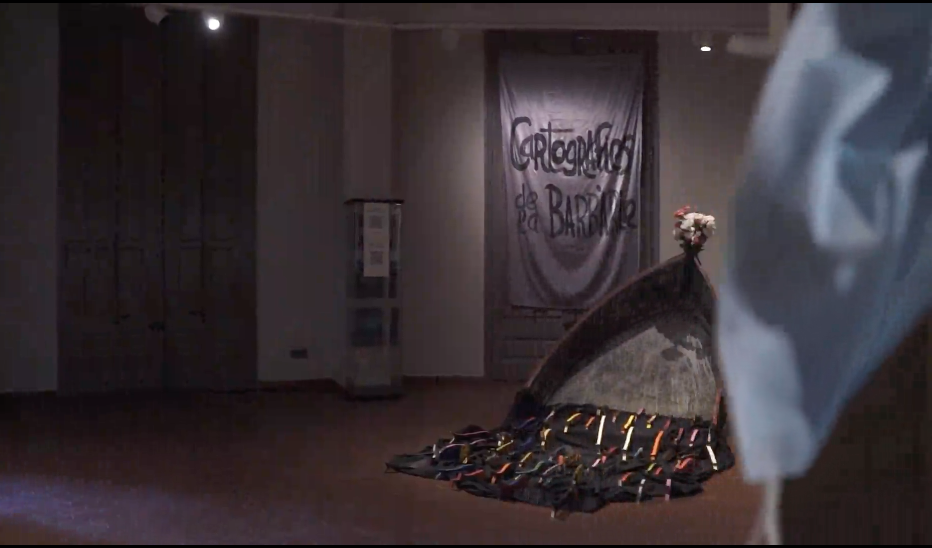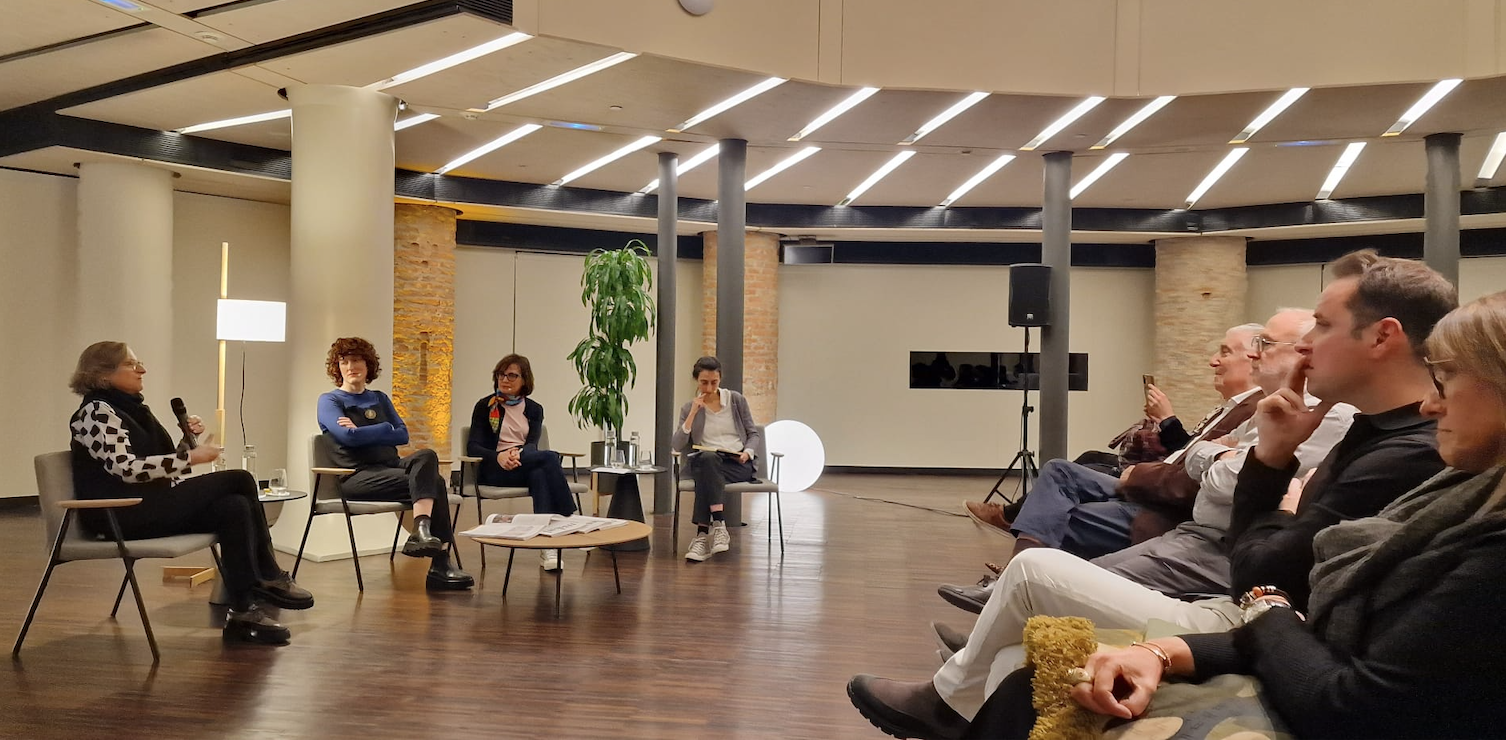reports
Feminine oblivion in the branches of knowledge
Des de temps immemorials, les dones han estat filles, mares, esposes, cuidadores de la llar i de la família i muses inspiradores de grans creadors. Sí, però no només això. En absolut! També les dones han estat grans creadores i això no s’ha vist reflectit en el relat històric. En una societat on la mateixa història ha estat escrita majoritàriament per homes, el paper de les dones en les diverses disciplines de l’art i de la cultura en general ha estat reiteradament amagat, volgudament invisibilitzat i fins i tot expressament silenciat.
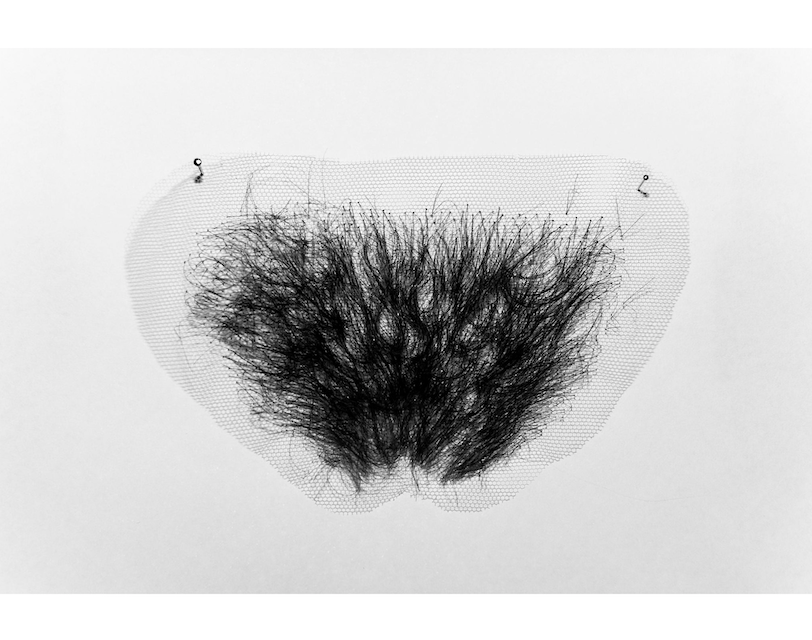
From time immemorial, women have been daughters, mothers, wives, caretakers of the home and family, and inspiring muses of great creators. Yes, but not only that. Absolutely not! Women have also been great creators and this has not been reflected in the historical account. In a society where history itself has mostly been written by men, the role of women in the various disciplines of art and culture in general has been repeatedly hidden, deliberately made invisible and even expressly silenced.
Appropriation of the story
How many women throughout the centuries have not been silenced and belittled? How many have not seen their identity or creation supplanted by a colleague, by a family member, by a male friend? Great sagas of families of musicians, writers, poets or painters where the role and creation of women was hidden or disappeared due to male appropriation. Or how many women decided to sign with a male pseudonym to avoid being singled out or ignored for being creative women? We must also emphasize the fact that we are not only talking about how this treatment has been reflected in the narrative of history but also about the real access of women to education and the cultural world at every moment. For centuries women have been relegated to the domestic sphere and there were very few who, from centuries past until the modern era, were able to cultivate and educate themselves in the artistic world; there was a clear economic and social condition, class and gender. Let's remember that, although some women began to enroll in the last third of the 19th century, regular access to university was not, for them, until well into the 20th century.
Progress in balance
An advanced society is one that maintains a balance in many aspects, and now, in the 21st century, we are fighting to achieve a fairer, more sustainable society with equality for all... Without a doubt, the 21st century will be the century in which women we will recover part of the lost path, we will have more rights, we will be better educated, we will get more recognition, more positions of power and decision and more prominence in the world in general. The road is not easy, it is long and difficult, but we will stop being relegated to the background. And this is meritorious because we come from a long, long time ago.
We would not stop finding examples, many, of this oblivion of female creation within the branches of knowledge from the most remote antiquity. From our great classical cultural references, the basis of our culture and the root of our history to this day, the gender imbalance is such that, despite the collective and multiple efforts being made on all possible fronts, it will take a few decades to achieve the expected equality.
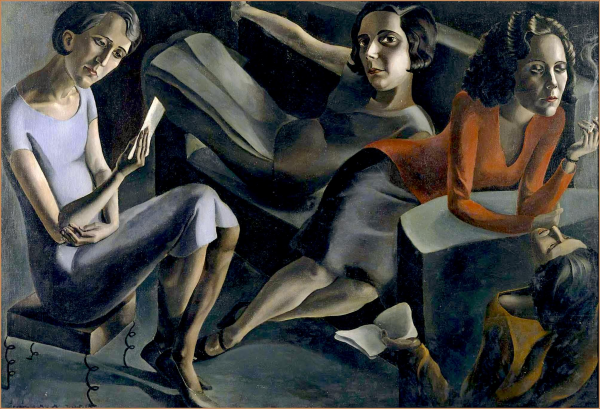 Angeles Santos. La Tertulia, 1929
Angeles Santos. La Tertulia, 1929
Reverse invisibility
Nowadays, fortunately, accepted and recognized this lack, this ignorance, this void of the female presence in cultural history around the world, a whole series of initiatives, multiple and diverse, are being carried out in many fields and areas, in order to reverse the invisibility that the creators of our country have historically suffered over the decades. Not only have steps been taken to achieve effective parity in day-to-day life, but progress has been made in the study, identification, dissemination and recognition of women's role in culture. Initiatives such as that of the network of Catalan art museums which, under the baton of the MNAC, is working on a census of women artists in order to reverse the role of women in museum centers and to study, identify, locate and list the works and names of 'artists who had been relegated, forgotten or unidentified. Initiatives such as Elina Norandi's research that has identified nearly five hundred artists from before 1900 and more than eight hundred from the 20th century. Handfuls of studies, research, books, research and initiatives made by women's institutes, equality observatories, feminist collectives, universities and social and cultural institutions, public and private, educators, pedagogues, historians on behalf of individuals or collectives are carried out to rewrite and reinterpret this mown part of history. It is necessary to recover and put back on the table the names of those women who had preceded us, beyond our grandmothers and great-grandmothers, who due to the fact of having lived in other times and under this prism of view with a clear bias and gender stereotype, they were declared anonymous and ignored and did not have recognition or the possibility of appearing. Today we see it clearly, our cultural narrative is lame, we lack hundreds of stories, hundreds of female references.
 Àngels Ribé 3 punts 2, 1972.
Àngels Ribé 3 punts 2, 1972.
Female management and visualization
I remember when in the eighties and nineties I worked with Maria Lluïsa Borràs – mentor and teacher, great critic and art historian, important cultural manager in our country, whom I would like to claim and ask for more effective recognition – and we were already talking about the need to recover and vindicate a large number of artists, especially from the 19th and 20th centuries who had been relegated to the background or fallen into deepest oblivion.
Those of us who manage cultural programming in centers, museums or public or private institutions have long had our sights set on making a more effective contribution to trying to balance programming, by supporting young talent in an equitable way, be it in the cultural field . When we program projects, we seek to raise awareness and expand the visualization of the female presence within collective exhibitions and by trying to recover and exhibit female names for major projects and exhibitions. At the same time, we have very good professionals in the field of exhibition design and curation, to whom we give more work and relevance. More and more cultural management teams everywhere have a more feminine and better trained profile. Recently, it should be noted that initiatives have emerged in our country to create spaces to establish relationships between the institutions and the women who manage cultural projects, to create networks, synergies, knowledge and unite efforts and goals. It has always been said that women are more empathetic, more sensitive, we are better at listening to each other and at the same time we also know how to weave better complicities between us. Although it has been balancing and reversing in recent decades, the number of women in high-level managerial positions within the cultural world is still meager and is clearly below the male gender. We hope and wish that this will also change.
Reimagining the world
Georges Steiner defined culture as the way of life of a people. For us, culture is an essential space to understand and reimagine the world, to challenge, shake, make people think, grow and transform society, and today we can no longer imagine a culture that is not plural, transversal and diverse, and from of now and as a basis for the present and the future, with a clear commitment on the part of all to equality and equity. Marga Viza and Boltas





